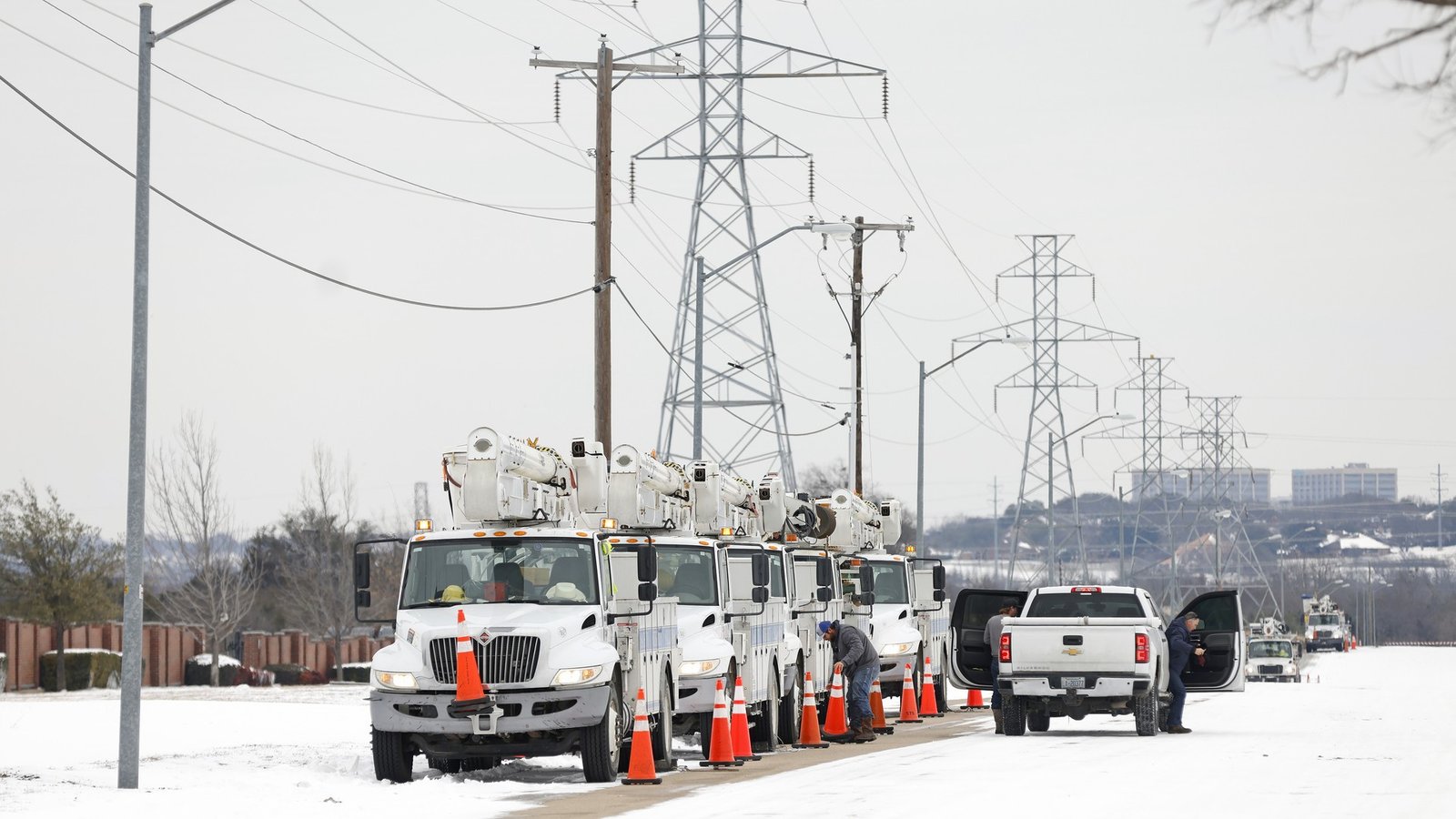
A new assessment warns that much of North America could face electricity shortages during extreme winter cold snaps. The threat stems from a mismatch between growing electricity demand from data centers and lagging additions to the grid’s generating capacity, which is tightening operating margins across the system.
The North American Electric Reliability Corporation (NERC) released its 2025-26 Winter Reliability Assessment, which examines the December through February period and evaluates whether the grid can meet projected peak electricity demands. The assessment found that electricity demand has grown by 20 gigawatts since last winter, while new generation capacity increased by less than half that amount.
In a news release, John Moura, NERC’s director of reliability assessments and performance analysis, underscored the danger of a mismatch between power demand and supply growth “especially during the most extreme winter conditions, where actual demand can topple forecasts by as much as 25%.”

Download the SAN app today to stay up-to-date with Unbiased. Straight Facts™.
Point phone camera here
NERC singles out data centers as a major factor in growing electricity demand. The power supply and demand imbalance is especially stark “in areas where data center development is occurring,” the report said. The warehouses full of computers require round-the-clock electricity and are altering daily consumption patterns across multiple grid regions. The International Energy Agency expects data centers to consume nearly half of all new electricity supply added to the U.S. grid through 2030.
Which regions face the highest risk?
A majority of the U.S. faces a normal threat level, but the risk to the grid is “elevated” across seven regional power grids. The affected regions span from the Maritimes provinces in Canada through New England, the Carolinas, Tennessee, Texas and parts of the western United States, including Oregon, Washington, Utah and Idaho.
Texas faces particular challenges, as peak winter demand increasingly occurs before sunrise and after sunset, when solar generation is unavailable. The state has also been a magnet for data centers, which have the effect of lengthening peak demand periods.
NERC’s assessment mentions recent improvements on the grid run by the Electric Reliability Council of Texas, including large additions of batteries and demand response programs, which allow the grid operator to flatten demand peaks by turning off large electric loads.
However, NERC warns that even with those improvements, the grid will struggle in a severe storm, such as the one that caused rolling blackouts in 2021. Maintaining batteries at a sufficient level of charge to help the grid will be “challenging for extended periods of high loads, such as a severe multi-day storm like Winter Storm Uri,” NERC said.
ERCOT is striking a more confident tone. “Based on expected weather conditions, ERCOT anticipates there will be sufficient generation to meet customer demand this winter,” the grid operator said on its website.
Will natural gas keep flowing during cold weather?
Natural gas powers more than 40% of U.S. electricity generation, and faces heightened demand for both power plants and heating during cold snaps.
The assessment notes evidence of improved natural gas delivery to power plants during the past two winters, compared with major storm events in 2021 and 2022. However, freeze protection measures for natural gas infrastructure remain voluntary in most of North America, resulting in uneven application of safeguards.
“Grid operators in areas that rely on single-fuel gas-fired generators are exposed to unanticipated generator loss during cold snaps when gas supply interruptions are more prevalent,” said Mark Olson, NERC’s manager for reliability assessment, in a release.










